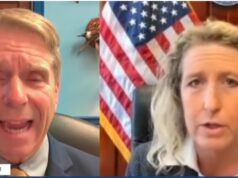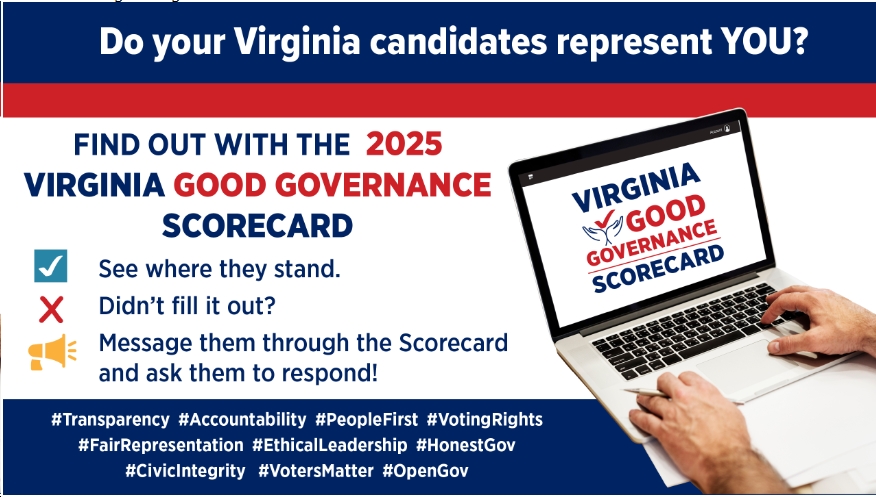Adapted from an article in PV Magazine USA; reprinted by permission. – Will Driscoll
Given the low prices for solar, wind and storage, honest computer modeling for utility integrated resource plans (IRPs) can result in fast near-term deployment of renewables—faster than a long-term renewables portfolio standard by itself. Virginia should require both.
Utility modeling transparency can give Virginia regulators and citizens’ groups leverage in exposing biased utility resource plans—as when Dominion’s resource plan bypassed solar and storage earlier this year. With transparency, our state and nonprofit “watchdogs” can also run the utility model themselves, to identify the least-cost resource plan that includes an economically optimal amount of solar, wind and storage—as such modeling is intended to do, when it is done honestly.
Even where a utility’s resource plan meets a state mandate for renewables, in the near term the cost-effective level of renewables is likely to be greater than what the mandate requires. Such mandates may appropriately serve as a floor for policy reasons, but not as a ceiling, because consumers may benefit from faster deployment of solar, wind and storage.
As a means of “enforcing” honest IRP modeling, Anna Sommer of Energy Futures Group has made the case for utility modeling transparency, as described below from a story adapted from PV Magazine USA.
Transparent utility modeling could save Virginians ~ $100 million
Utilities routinely make modeling choices that disadvantage low-cost solar in their 15- or 20-year resource plans. With transparent modeling, states and intervenors could easily see those biased choices. And if they also have access to the same model used by the utility, they can fix those errors by running the model themselves, as recommended by a modeling expert. In Virginia alone, on the order of $100 million of consumer savings could be at stake, not to mention climate and clean air benefits.
That ballpark savings potential comes from Michigan, where experts in a regulatory proceeding found a $100 million opportunity to save customers money by promptly adding 2 gigawatts (2,000 megawatts) of solar.
It was not easy to discover that savings potential. The experts—Anna Sommer, a principal with Energy Futures Group, and Kevin Lucas with the Solar Energy Industries Association—first dismantled the utility’s proposed resource plan. They found and replaced biased cost assumptions and modeling choices, and re-ran the model. The expert team was lucky in this process in having access to ABB’s Strategist model—the same model used by the utility, DTE Energy—plus a user manual for the model, as well as the time and funding needed to reverse-engineer the utility’s modeling choices.
While that expert team was lucky and well-funded, the team’s expert modeler made a recommendation that would allow any state to create its own luck: require electric utilities to make their resource modeling fully transparent.
Independent modeling indicates an even greater savings potential in some states—for example, in Georgia by adding 4 GW of solar immediately, and in North Carolina by adding an incremental 5 GW of solar by 2025. Hopefully, state regulators will be guided by such modeling results, based on reputable models, yet even more compelling are independent modeling results derived by using the same model that the utility used.
Expert recommendations
Yet utilities are not volunteering to open their “black box” modeling to full inspection and unbiased model re-runs. To get around that problem, Anna Sommer recommended in her Michigan testimony the following requirements:
- “The entirety of the modeling database in a format that is readable without a model license,
- A well-documented manual, available to non-licensees, that details the logic of the model, the definitions of the inputs and outputs, and provides guidance on its use, and
- The ability to license the model at a reasonable cost if a license is not otherwise provided by the utility.”
A modeling database (#1) will provide the utility’s cost assumptions and modeling choices, along with all other inputs needed to run the model (plus the utility’s modeling outputs). Many utilities make modeling choices that disadvantage solar, such as using high projected costs for solar, not allowing the model to retire coal units, or limiting the amount of solar added each year. Having all this information in a single database will eliminate the need to obtain it through reverse-engineering, or the legal process of discovery during an IRP regulatory proceeding.
Model documentation (#2) will enable independent modelers to interpret the modeling database, allowing them to read the inputs and outputs like a book, with the help of a dictionary.
A model license (#3) plus documentation will enable a modeling team to develop an independent set of results, by re-running the model using cost projections and modeling choices that it deems to be reasonable. This would be the “ideal scenario,” said Ms. Sommer in a pv magazine interview. This is how she and Mr. Lucas identified a way to save Michigan consumers $100 million, by adding more solar.
Ms. Sommer recommends that states enable both their own regulatory commissions, and approved intervenors in regulatory proceedings, to work with these transparent modeling resources.
Some states are moving in this direction
Vote Solar’s Regulatory Managing Director Sachu Constantine told pv magazine that Vote Solar, a sponsor of Ms. Sommer’s Michigan testimony, endorsed her analysis: “Without transparency and consistency of approach, it is very difficult for parties to make any determination about the ‘optimality’ of a given model result. The asymmetry of information in favor of the utility has made it difficult to retire or replace even uneconomic plants in the portfolio with low-cost flexible resources like solar and distributed energy resources.”
California regulators, said Mr. Constantine, promulgated the use of the E3 Resolve model as a way for stakeholders to test different portfolios and “to have a common modeling approach for debate” in regulatory proceedings. Yet “both the utilities and the CAISO [independent system operator] use different, more sophisticated models and these remain difficult for non-licensed parties to access and analyze,” he said.
Puerto Rico’s energy regulatory commission has required the territory’s electric utility to provide modeling transparency since 2015, under Regulation 8594. Both the regulation and a proposed amended version state in part that the utility must either provide “the software and licensure necessary for the Commission, or its consultants, to independently run any analysis” that the utility relied upon, or “provide the Commission reasonable access to the computer model at the Commission’s offices or at another mutually agreeable location.” Yet in 2016 the commission reported that the utility “did not comply” with that requirement.
In Minnesota, the Department of Commerce has a license for Strategist, and uses the model “in evaluating most utility resource planning and selection filings, but not necessarily for evaluating resource selection for all utilities who do not themselves use a similar model,” said Janet González, manager for regulatory analysis for the Minnesota Public Utilities Commission (PUC), in an email. Those analyses “are an important part of the record in PUC resource selection proceedings,” she added.
Putting recommendations into practice
To put Ms. Sommer’s recommendations into practice, it may be most economical for a state public utilities commission to occasionally hire expert consultants to review and re-run a utility’s resource modeling, given that most states may review each utility’s modeling only every 2-3 years, when the utility submits a new resource plan. On the other hand, regulatory commissioners may be more inclined to trust their own staff regarding questions where a hundred million dollars may be at stake. On balance, a hybrid approach may be best, where consultants or intervenors do the modeling work, and savvy commission staff help educate commissioners about the resulting findings, as well as the overall process of utility resource modeling.
As for the time required to learn a utility model, Ms. Sommer said “If one has a technical/modeling background, a single regulatory case involving the model, and for which you have access to the inputs/outputs and manual, would give a very good understanding of the model’s capabilities.”
Other industry participants have suggested that a utility’s choice of which model to use can also greatly influence modeling results. The Energy Storage Association (ESA) has advised that utilities use a model that incorporates sub-hourly modeling, to capture the full benefits of storage. Rachel Wilson, principal associate for Synapse Energy Economics, has testified that the Strategist model, for example, “is no longer well-suited for existing conditions in the electric sector,” citing four limitations of the model, in testimony in a Georgia regulatory proceeding. Dominion now uses the Plexos model, which ESA has advised can model storage capabilities (when the modeling is honest).
ABB plans to discontinue supporting the Strategist model, said Ms. Sommer in her Michigan testimony, meaning that DTE Energy will need to choose a different model. That suggests that Michigan will need to take action to maintain its current window into DTE Energy’s modeling—which now requires a consultant with access to Strategist, as well as reverse engineering. The utility’s upcoming decision about which new model to select prompted Ms. Sommer’s comments on modeling transparency. About two dozen utilities currently use the Strategist model, she estimated.



 Sign up for the Blue Virginia weekly newsletter
Sign up for the Blue Virginia weekly newsletter








